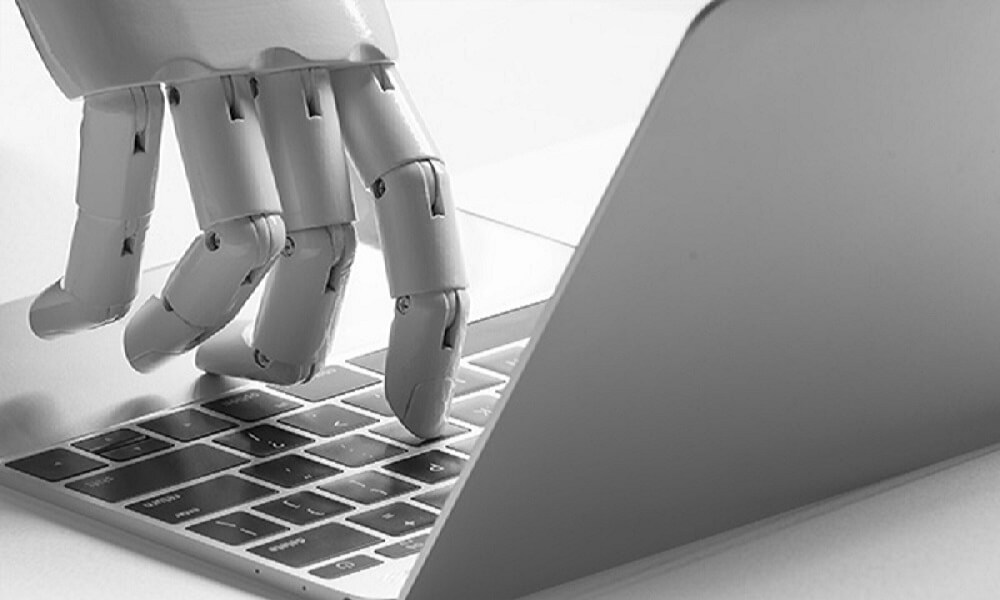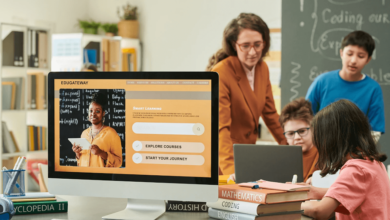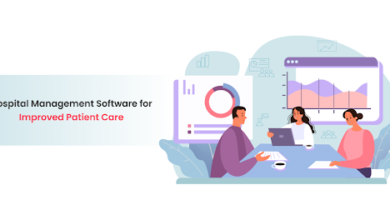3 Ways in Which AI Will Change Software Testing

The purpose of AI (Artificial Intelligence) in software testing is to make test processes more efficient and smarter. Both machine learning and AI apply reasoning and problem-solving techniques to improve and automate testing.
Artificial intelligence in software testing saves more time, which companies consume a lot while working with manual testing. It allows teams to work on more complicated tasks such as creating customized and innovative new features in the mobile application.
AI technologies extract crucial information from large sets of structured and unstructured data with the help of reasoning. Reasoning allows AI technologies to conduct clustering analysis and utilize statistical inference to mimic human cognition.
Moreover, Interaction helps AI technologies to use computer vision to see, communicate with conversational AI, to read computational linguistics, and to think like humans.
AI has changed the way of writing software code. Instead of writing too long if-else statements in programming to help computer engines regarding what to do, AI directly informs the computer engine to learn and figure it out by itself.
AI comes to give numerous benefits to companies for the testing of software products, such as improved flexibility, visual validation, unfailing accuracy, and increased test coverage, which was a bit challenging to gain with the traditional testing concept.
Check-out the best ways in which AI will change the software testing:
AI Can Reduce the Workload of Development & Testing Team
There are three qualities in AI that are intelligence, intentionality, and adaptability.
These three qualities make AI capable of learning from new information and experiences, solving complex problems using its reasoning skills, and using logical reasoning as per what it’s known.
AI can quickly adapt to new problems and produce highly accurate results to those problems. Due to various artificial intelligence tools like Sauce Labs, Functionize, TestCraft, Applitools, and Testim, software developers have no longer needed to write long scripts and analyze so much data.
The latest Artificial intelligence technology can sort a large amount of data and handle different types of documents, images, emails by combining its power with machine learning and analytics. A knowledgeable and experienced human is just required to review this data and make a decision on what type of test automation is needed to perform.
Due to its capability to sort through log files and analytics systems, it enables you to improve the specific programs’ accuracy and reduce so much workload that you take while doing manual testing.
Moreover, whatever the data results you get from the AI, all you need to decide is what changes you have to make in the project and which testing you need to apply for identifying flaws in the system.
According to research, a machine can make more accurate predictions than 615 of 906 human teams. However, humans take months to work on their predictive algorithms. Simultaneously, the machine can produce each of its competition entries within two to 12 hours.
Thus, it is worth saying AI is coming to make testing simple, error-free, time-saving, and efficient.
It’s Challenging to Beat the Speed of AI
Artificial Intelligence in software testing is a tool that helps software programmers while acquiring new knowledge, writing better code, and ultimately streamlining their testing processes.
Most companies use AI-enabled coding apps like Kite, Tara, and Deep TabNine that are in trend in AI software development.
AI brings the “autocomplete” feature to the software development process to boost speed and accuracy during the entire coding phase.
Similarly, an Artificial intelligence-powered agent, namely Mendix Assist, is very popular nowadays because it not only gives learning assistance to new developers but also allows them to build apps in real-time.
By using such tools, software development companies can experience the productivity level in their teams and release new apps faster.
Defects Tracking Becomes a Fun Task with AI
In traditional testing, even after giving too much time to make the test cases and the implementation, most bugs remain unfixed, which becomes the reason for hacking in the future.
According to the latest Economic Times news, we’ve found that the Android file sharing app SHAREit is buggy, still downloaded by about 1 billion times in Google Play Store. The app has various unpatched vulnerabilities that can be beneficial for hackers to leak its users’ sensitive data.
SHAREit was part of one of 59 Chinese apps that were temporarily restricted in India in June last year. In January, the Union Government decided to ban those 59 Chinese mobile applications permanently.
Therefore, you can understand how risky it is to leave the bug in the software. If you do not fix bugs on time, your application can either face ban issues or spoil your brand’s reputation.
To avoid such situations, one needs to prefer AI (Artificial Intelligence), which is exceptionally excellent for catching defects within seconds.
The best part of the AI is it leaves the fingerprints of failures on debugging logs and can find duplicate defects.
AI has a good error analysis capability, so you can quickly assign the auto-corrected or bug-tracking task to your QA teams and learn to do smart work in the digital era.
AI can be applied to build a better human. Also, the video is shared by Jeremias Roessler on Twitter.
AI’s interactions with the system can multiply the results you’d have with manual testing, as believed by Jeremias Roessler, who has done a Ph.D. in computer science and spend almost three years on the working of an AI-based testing program called ReTest that is a powerful solution to make GUI software test automation more intelligent and painless.
ReTest can be used for manual regression testing, AI-based test automation, and manual test automation. It gives luxury for creating test cases for Java Swing applications.
With the aid of Artificial Intelligence, it is easy to tackle life-changing accidents and be faster, better, and stronger than ever before.
In the traditional era, we didn’t have any option. Today we have machine learning and AI algorithms, which play a better role in predicting and protecting errors by automatically searching through databases. With effective search, AI can discover irregularities and recommends a series of measures that developers can consider to avoid them.
Conclusion
Whether it is the matter of eliminating extra bugs, prescriptive and predictive analysis, defect analysis, optimizing the test suite, or making the AI best friend forever, everything is possible that you need to understand to shape the future of your testing. Using Artificial intelligence techniques in software testing, one can gain the maximum number of benefits. For example, cost-effectiveness, accelerated service delivery, improved quality and productivity, automated test evaluation, updated algorithms for data processing, and even eliminate the hidden errors flawlessly.





